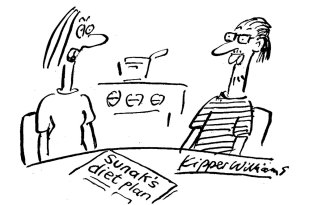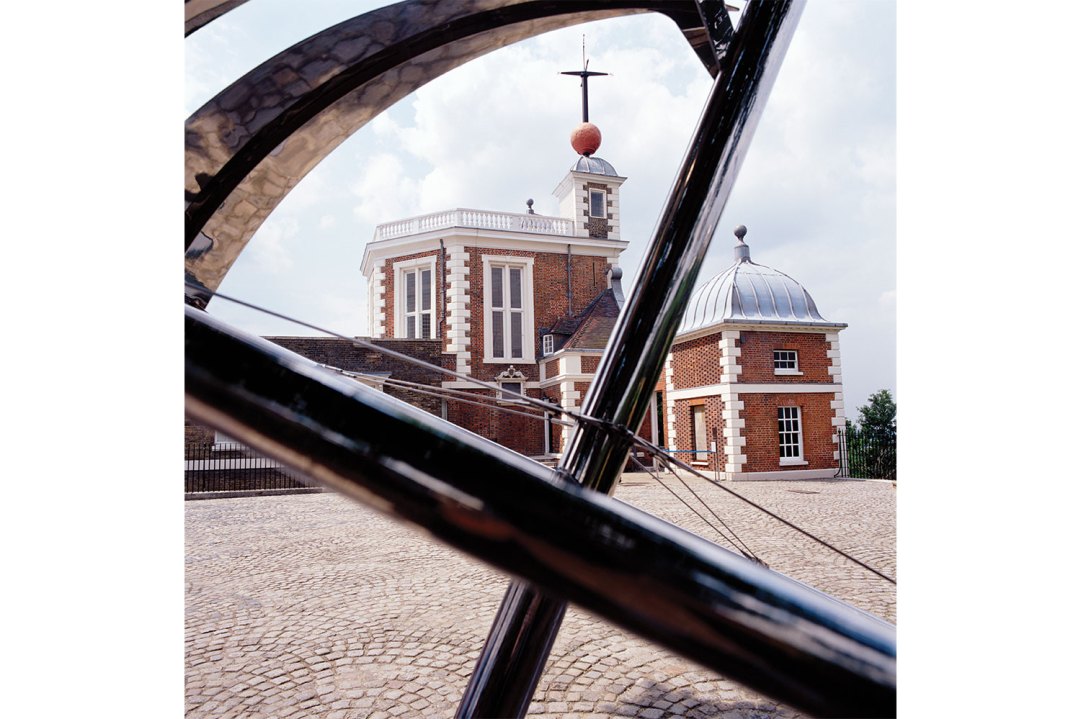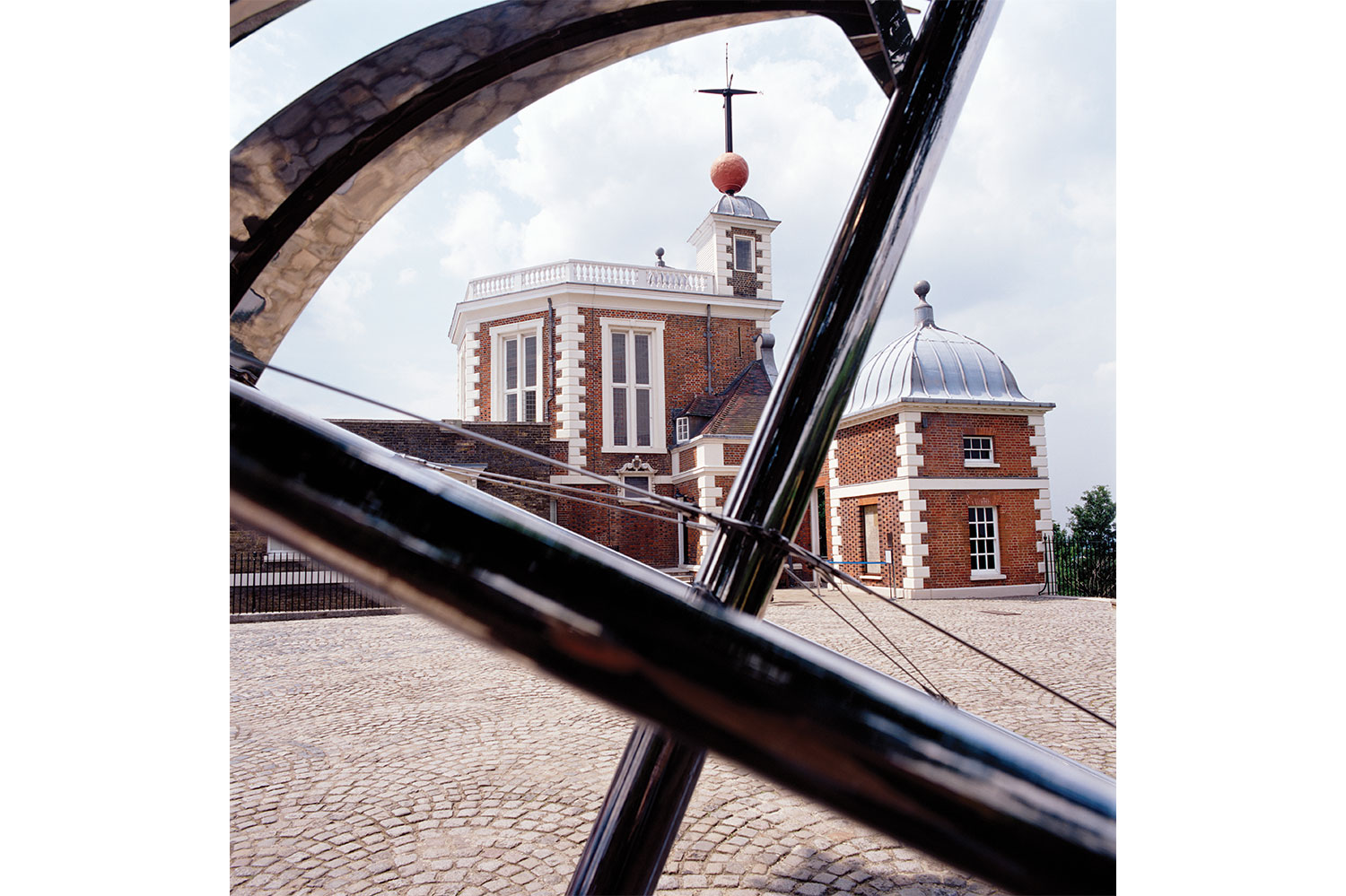Next week marks the centenary of the pips. On Monday at 9 p.m. a documentary will be broadcast on Radio 4 debating whether the six little tones which ring in each hour ought to be axed as obsolete or preserved for tradition’s sake. Some contributors will speak of them as annoyances – ‘the cockroaches of broadcasting’ is a memorable phrase – and others will ask what could possibly replace them. By the end of the programme, whatever your view, you will have the pips lodged firmly between your teeth.
If we so worship the pips, ought we not to have some worthy shrine to their existence as well?
The first pips, which represent the Greenwich Time Signal, were transmitted at 9.30 p.m. on 5 February 1924. Discussions had been held the previous year between the BBC’s John Reith, astronomer royal Frank Dyson, and Frank Hope-Jones, chairman of the Wireless Society of London, about catering to the public desire for accurate time-keeping. The broadcast of the chimes of Big Ben at New Year had proven popular, and one of the clocks at the Royal Observatory, Greenwich, made by the same manufacturer, Dent of London, was chosen to be adapted to produce the six notes, initially all of the same length, spaced one second apart.
The final pip in the sequence, which marks the new hour, was later lengthened to orientate listeners who tuned in while the signal was sounding. The devices – by then there were several – had been relocated to Abinger in Surrey during the second world war and thence to Herstmonceux in Sussex. Everything changed in 1990, when the BBC created its own pips box using signals from the GPS satellite network. Next week’s documentary opens with presenter Paddy O’Connell tracking down the unremarkable-looking device in a cold basement of Broadcasting House.









Comments
Join the debate for just £1 a month
Be part of the conversation with other Spectator readers by getting your first three months for £3.
UNLOCK ACCESS Just £1 a monthAlready a subscriber? Log in